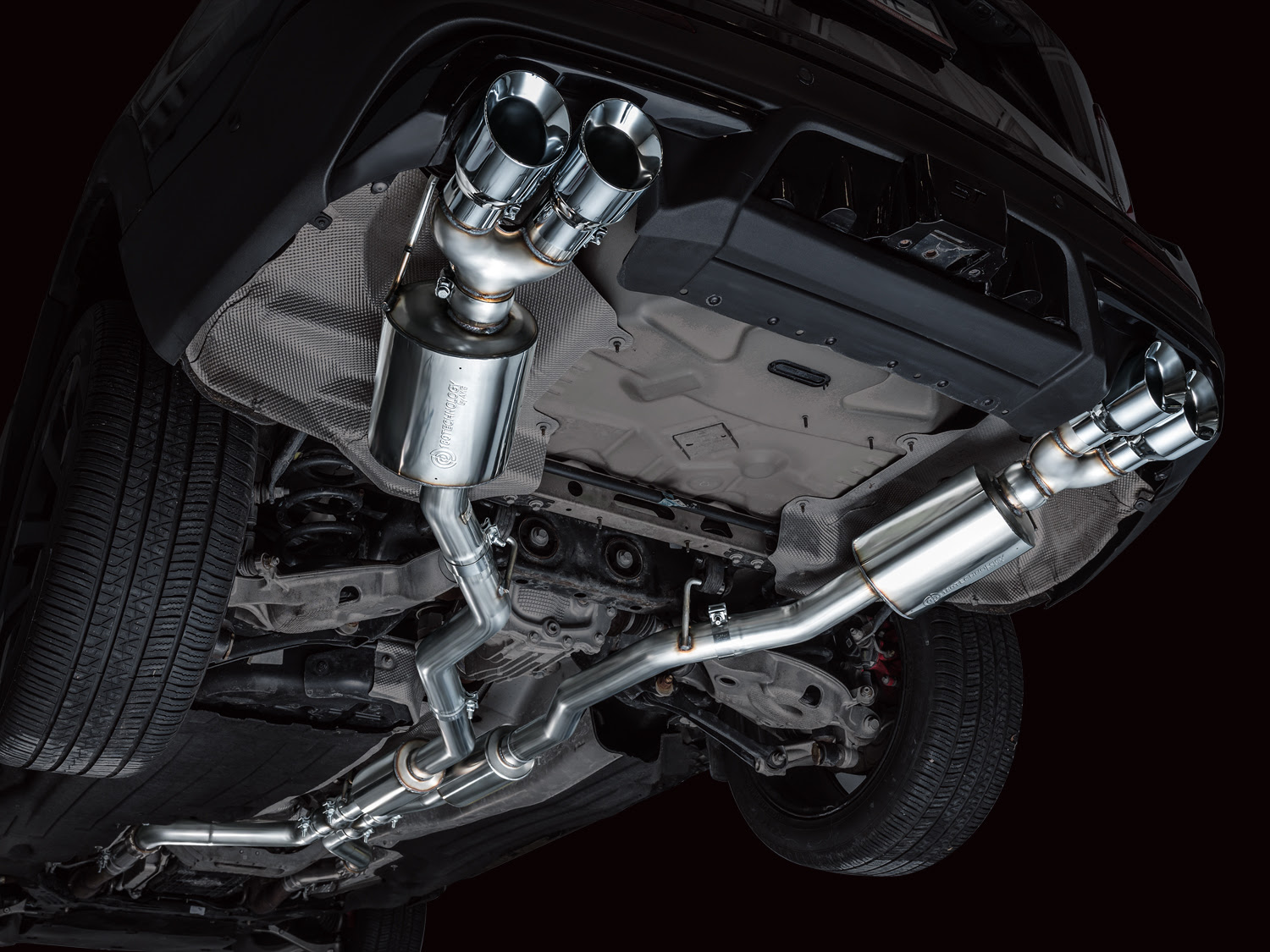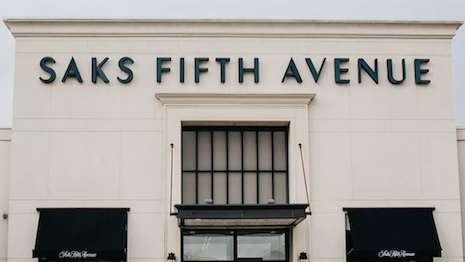Luxury Daily –
Michael Kors accessories
As luxury brands look to tap into new consumer segments to gain greater market shares around the world in 2014, they should be wary of setting up too many diffusion lines.
Brands propelled by entry-level options such as Michael Kors had record-breaking sales in 2013, but instantaneous boosts that come from subsidiary lines are not always good for long-term development. Moreover, the rise of brands going public may increase the frequency of expedient moves that raise short-term revenue.
“I’m not expecting a deluge of diffusion brands this year,” said Marie Driscoll, CEO and chief consultant of Driscoll Advisors, New York. ”If anything, luxury brands tend to move slowly and cautiously regarding new businesses and are patient in brand development.
“I would look for the luxury houses to get behind a few talented new designers/labels for potential growth,” she said.
“The multi-brand luxury conglomerates, for lack of a better word, can acquire and/or develop entry-level luxury brands but the development of a diffusion brand such as D&G in Dolce & Gabbana, M Missoni at Missoni and Just Cavalli at Cavalli isn’t a win-win as the traditional higher-end shopper frequently regards the brand as tarnished and moves on to another luxury label or to the diffusion label.”
Logic-driven
The logic underpinning a diffusion brand is simple. Lower-priced lines borrow the prestige of high-end lines to sell higher quantities, build loyalty among entry-level consumers who may buy bigger-ticket items in the future and stimulate branded conversations.
DKNY promotion
The downside of diffusion is also straightforward. Brands that have price options for every consumer bracket will flood the market, sapping the symbolism that makes luxury brands coveted.
Marc Jacobs promotion
This brand enervation generally happens in a hard-to-isolate manner, with spiked sales obscuring the more abstract consequences such as brand dilution.
“If the diffusion label doesn’t attract a large enough new audience/market, brand equity is damaged,” Ms. Driscoll said. “This isn’t an easy strategy to execute. Since the natural evolution of a brand’s life is to gradually deteriorate, constant efforts are required to elevate the brand just to maintain brand positioning, or equilibrium, and the diffusion brand brings the brand lower at faster pace.
“While success for new brands isn’t easy, one is jeopardizing the long term value of a brand with a lower priced diffusion brand. It is wiser to span a brand across a new, relevant and brand appropriate category than to go lower to meet a new market,” she said.
Furthermore, luxury brands that open outlet stores must maintain the brand’s status and prevent outlet items from overshadowing core products to avoid dilution.
Outlet stores can benefit luxury brands in a number of ways such as getting more brand exposure and helping to create new brand enthusiasts. However, if the outlet is not managed properly, it could drastically hurt a luxury brand’s reputation ().
Everywhere the same
Luxury brands across categories dabble with different versions of entry-level options.
Whether it is Mercedes jumping below $30,000 with its CLA model, or Maserati breeching $65,000, luxury brands from all sides are rushing to broaden audiences. However, trigger-happy critics of this trend ignore the fact that primary brand lines remain hard-to-reach, options can ratchet up costs and that low price points can help cultivate lifetime loyalists ().
Mercedes CLA
Despite the apparent risks, luxury brands are being spurred by new competition, changing markets and pressure from shareholders to expand.
High-luxe yet ubiquitous European brands such as Louis Vuitton and Gucci have struggled to maintain sales momentum in the slowing Asian market, while so-called “accessible luxury” labels, many hailing from the U.S., have soared to new heights, .
Another move brands can take to keep their image fresh is to venture into new product categories altogether.
Some luxury automotive brands ramped up promotions for lifestyle products to capitalize on the recent gift-giving frenzy, but beneath that temporary push is an ambition for strong product lines in categories beyond their stomping ground.
Although the holiday season marks an increase in promotions for automotive lines, products that meet other consumer wants are also gaining a louder voice. While brand diffusion helps to cultivate strong brand loyalists, it can also spread a brand’s image too thin ().
Predicting the impact of diffusion lines is complicated, since some brands have benefited greatly from such endeavors.
“Michael Kors and Kate Spade are notable successes in accessible luxury price points,” Ms. Driscoll said.
“Kate Spade was always positioned at accessible/aspirational luxury,” she said. “Michael Kors started his brand as a label for ladies who lunch, or very high-end Madison Avenue and more recently entered aspirational luxury with accessories, and his Michael by Michael Kors has accessible price points in apparel.”
Final Take
Joe McCarthy, editorial assistant on Luxury Daily, New York
(c) Luxury Daily – Read entire story .




